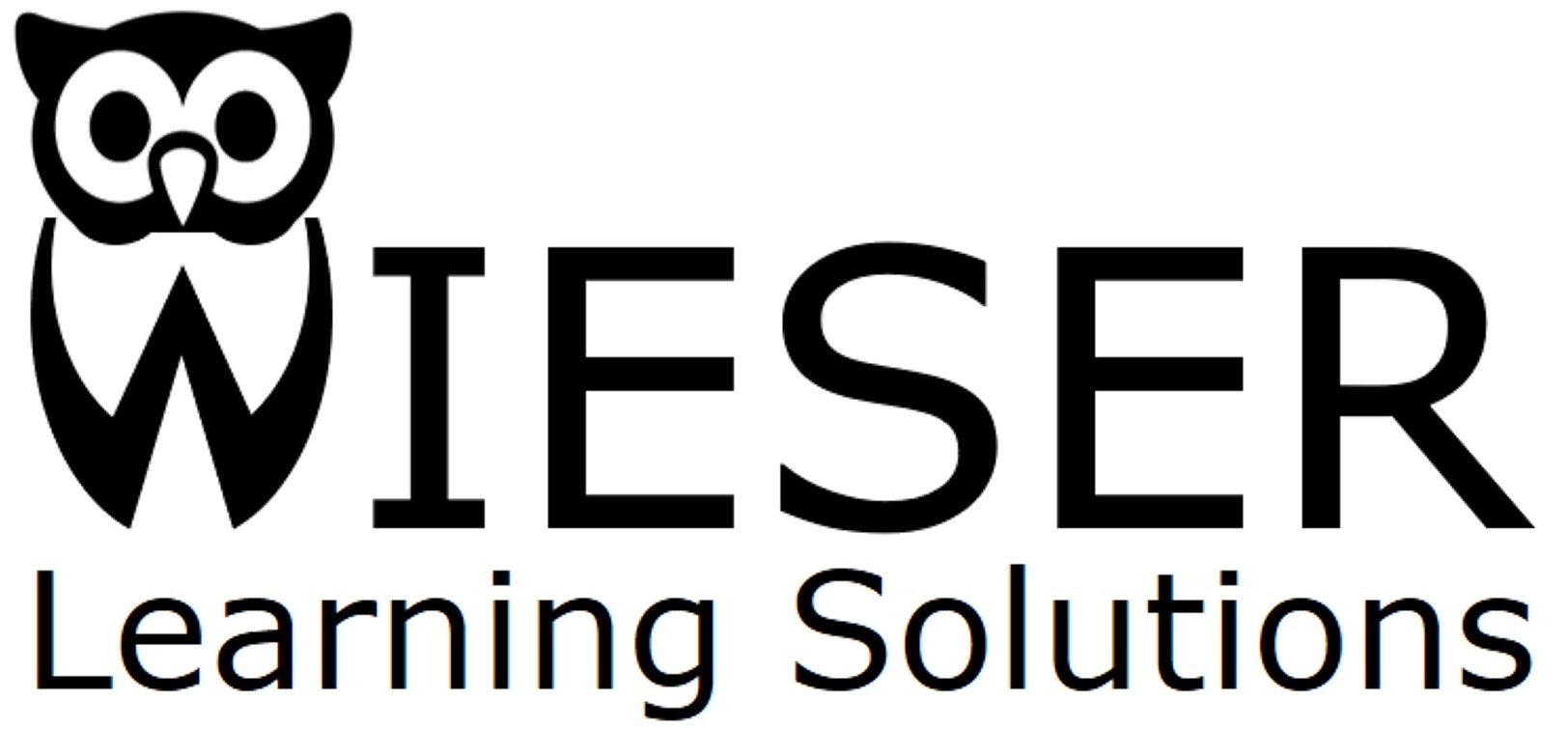Screencast videos can be used to demonstrate how to complete a process in software, on a website, or other application. For example, this animated video includes a screencast (starting at 01:17) that shows how to use a feature on a retail store's website to determine if a lamp looks right in the customer's room.
This screencast demonstrates how to use the lamp visualizer tool on the website. It was then annotated to highlight key steps in the process. Narration was added and synchronized with the actions on the screen.
This screencast could stand alone, or, as in this example, be combined with an animated video to give context and help the customer collect the right measurements to select an appropriate lamp.
When to use screencast videos
There are several contexts where an organization may want to use a screencast video for training. Here are few examples to consider:
- Customer education: screencase videos can provide quick product demonstrations or training for customers to help them navigate websites or use software they purchased, reducing support calls and increasing customer satisfaction.
- Technical support: screencast videos can supplement SOPs to assist with onboarding of common procedure (such as how to submit a timesheet) or to support rarely used processes. For some employees, a video is easier to access than a written procedure or user guide.
- Software training: screencast videos can be used to show different steps or processes in the software. These can stand alone as microlearning or be included in eLearning or instructor-led software training. Learners in the training can pause the video while practicing on the software or repeat steps that they missed.
At Wieser Learning Solutions, we can help you determine if a screencast video is right for your project.
